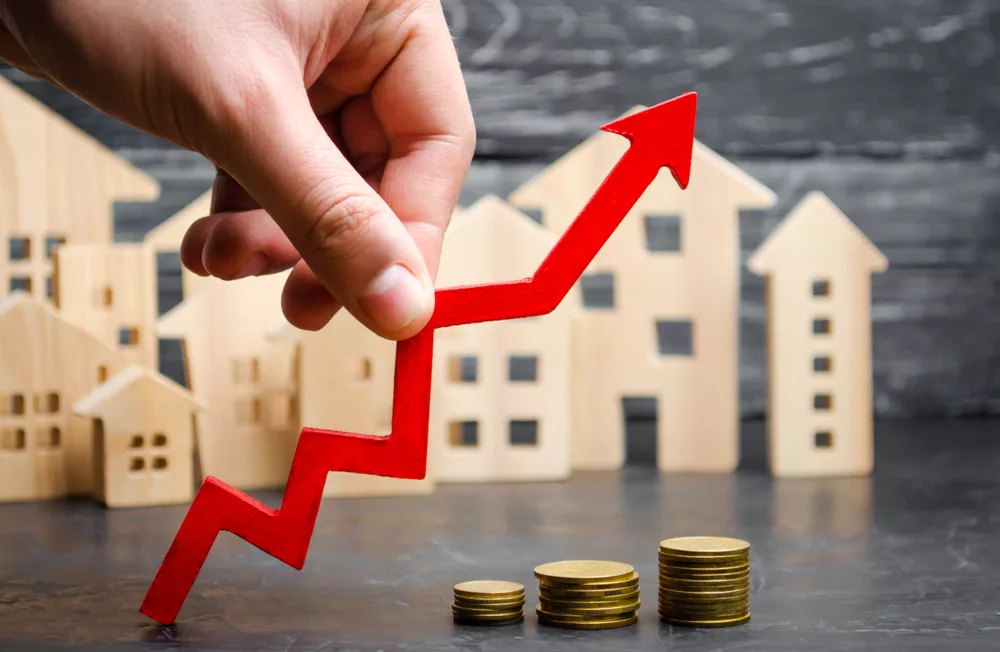
Like most things in life, people tend to watch events when problems occur and expect good outcomes. It is in interest rates that future expectations are focally tracked in financial markets.
If interest rates at current levels scare you, it is easy to be nervous—we don’t like interest rates rising. Current interest rates and credit markets are adjusting to long-term realism, slowly rising global risks, and adjustments in policy that have been abrupt. While we are getting close to relative historic highs on many interest rates in 2023 (not seen in a generation), we need to take a look back and think about how zany the last 15 years in credit markets have been and thus how we got here.
In 2007—16 years ago—the coming of a recession was more and more obvious, ostensibly due to a downturn in construction employment and demand and a mild increase of inflation after years of growth. For years, housing markets had been generally good (except for a brief, sharp decline and return to form between 2000 and 2002) leading up to 2007. Stock market movements were more violent in the speed of price changes—as they should be—but also grew in trend from 1992 forward to September 2008. Then the risk cracks in mortgage markets gave way and the macroeconomy and equity markets fell in 2008. We began a wild ride after September 2008 in both housing and stock markets from which we only truly emerged in 2015. The labor market in California only recovered jobs that were lost after 2007 in 2015; Mendocino County, meanwhile, did not recover its lost jobs from pre-2007 levels before the pandemic hit. Hence the label “Great Recession.”
September 2008 was a month where a monetary policy experiment began for which we have just emerged in 2022. The Federal Reserve dropped the interest rate it controls—the Federal Funds Rate—to its lowest possible market level (what we call “the zero lower bound”) by December 2008. This Federal Funds Rate stayed constant for six years, and then slowly increased after 2014. As a result, we saw people refinance their homes, move from rental to homeownership and reset their financial lives—and stability slowly returned. The Federal Reserve began to slowly increase rates again until 2019 (three rate cuts in 2019 came because of forecasted recession in 2020) and then back to the zero lower bound again because of the pandemic. Recent inflation has led to a sharp increase in this short-term policy rate since March 2022; relatively-high inflation may pressure interest rates to remain high through 2024.
For most people, the above may beg the question: So what? The Federal Funds Rate and the average 30-year mortgage rate on fixed interest home loans is 92% correlated since 1971 on a monthly basis. The figure below shows how these rates have changed monthly since 1971.

Housing markets cause a stomachache for those that own and those that rent when housing prices are falling and interest rates are rising. The lower prices may be good if you rent, increased costs of credit are not. For homeowners, the last 12 months have been a time of worry again. However, home prices—even with higher interest rates—have changed mildly since July 2022, but prices have fallen from recent high levels. Housing affordability has become worse as interest rates have increased.
The rate moderation shown in the chart suggests that we may return to extremely low interest rates again soon—do not assume that. The low-rate experiments we have seen since 2008 were meant to reduce financial panic, and they deftly achieved that task. The recent increase in rates should be a “mean reversion” of sorts, shaped by policy, risk realities and stubborn inflation adding to risks. We may be here for a while.
Dr. Robert Eyler is professor of economics at Sonoma State University and president of Economic Forensics and Analytics in Sonoma County.



